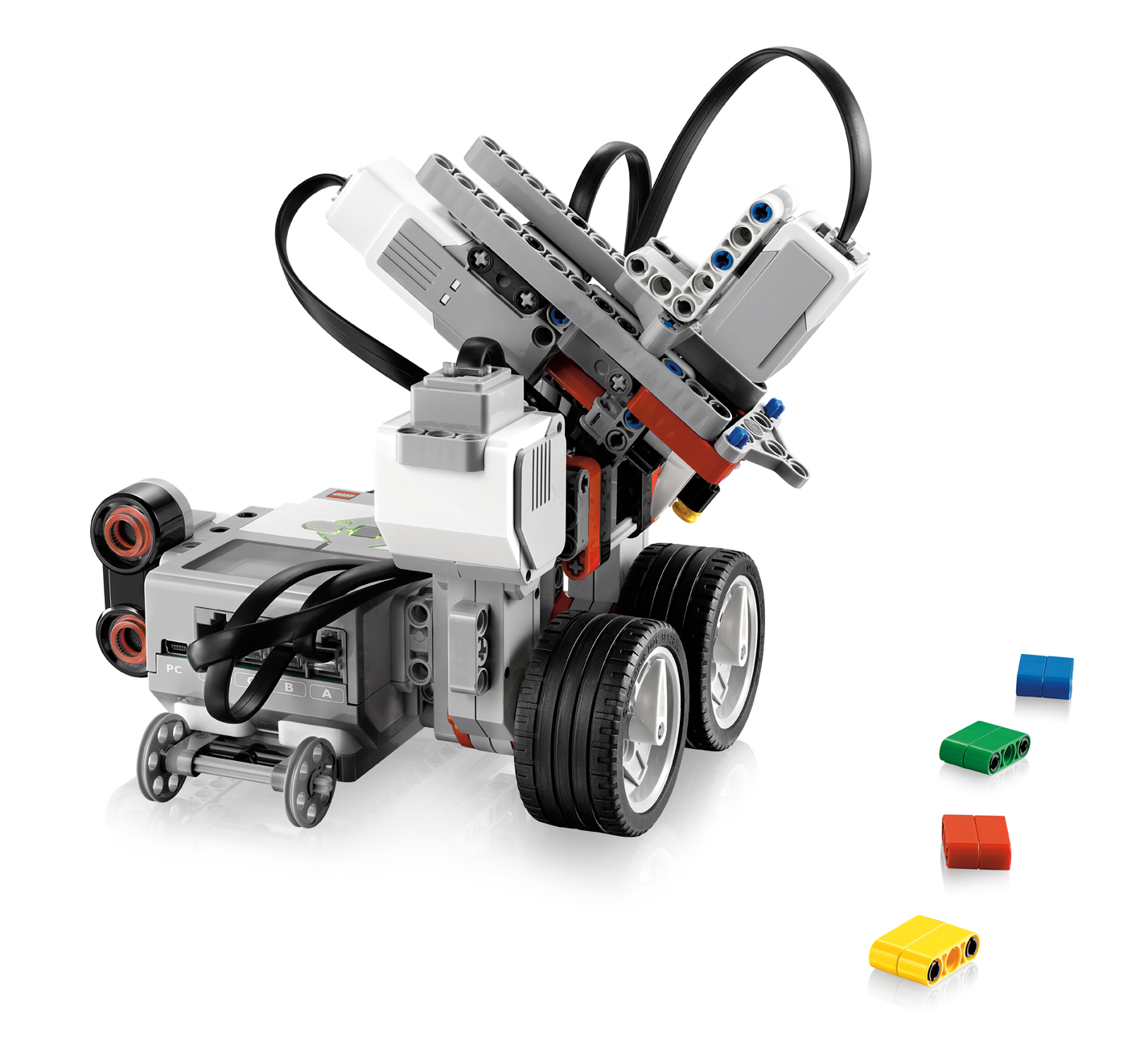

The robotisation of cars, too, appears to have begun causing large technological and cultural changes in the field of mobility. For example, according to Peter Singer, the robotisation of the army is ‘the biggest revolution within the armed forces since the atom bomb’.

This also puts many societally and politically sensitive issues on the political and public agenda. It is beyond dispute that this technology will strongly influence the various practices researched. At the same time, the ‘strong AI’ view prevails in the media and is highly influential in the formulation and public financing of IT research. It is highly doubtful that this will indeed happen. The notion that this may be technologically possible within a few decades is referred to as the ‘strong AI’ view (AI: artificial intelligence). Secondly, there is the dream of building machines that are capable of social behaviour and have the capacity for moral decision making. Firstly, there is the engineering dream of building machines that can move and act autonomously in complex and unstructured environments. New robotics is driven by two long-term engineering ambitions. In order to understand the possibilities and impossibilities of the new robotics, it is therefore important to realise that robots are usually supported by a network of information technologies, such as the Internet, and thus are often presented as networked robots. The new robot is thus not usually a self-sufficient system. Through robotics, the Internet has gained, as it were, ‘senses and hands and feet’. More precisely, robotics makes use of the existing ICT infrastructure and also implies a continued technological evolution of these networks. The military, especially in the United States, stood at the forefront of artificial intelligence development, and now artificial intelligence is driven by computers and the Internet. The car industry took the lead with the introduction of the industrial robot as well as with the robotisation of cars.
Robotary review drivers#
The military sector and the car industry are particularly strong drivers behind the development of this new information technology. New robotics, therefore, literally concerns automation from love to war. New robotics no longer concerns only factory applications, but also the use of robotics in a more complex and unstructured outside world, that is, the automation of numerous human activities, such as caring for the sick, driving a car, making love, and killing people. This article focuses on how the use of robotics outside the factory will change our lives over the coming decades. Although this did not come to pass, robots have radically changed the way work is done in countless factories. In the 1970s, the appearance of factory robots led to much debate on their influence on employment. Until recently, robots were mainly used in factories for automating production processes.


 0 kommentar(er)
0 kommentar(er)
